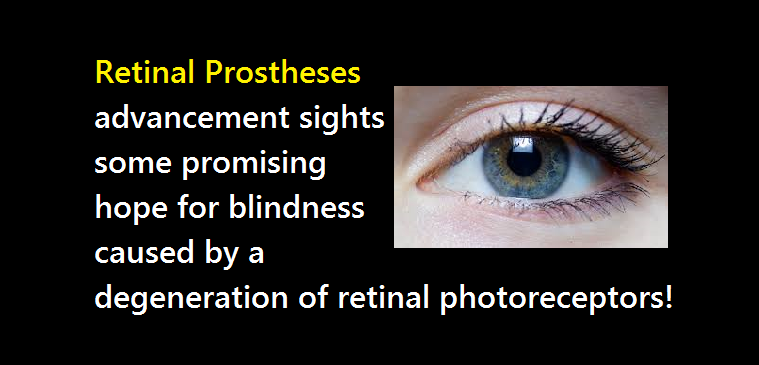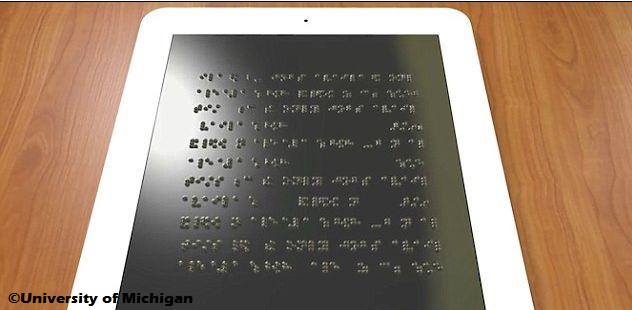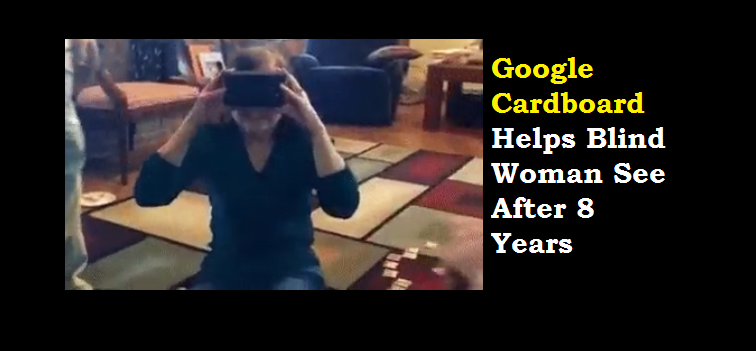Retinal Prostheses Advancement Sights Some Promising Hope
Retinal prostheses is in development since 10 years and finally some hope can be seen. Now, it can perceive light signals, but the restored image still considered far from clear vision. Here’s you can understand what it is all about, with the new updates about the multidisciplinary efforts, published on 23 August 2016 in eLife.
Study
For taking the advancements of retinal prosthesis further, scientists implanted retinas in rodents. Scientists carried out a large-scale experiment on the rodents, to understand the resolution limits of the image generated by the prosthesis, and this was also done to find new ways to optimize the system.
Result
The response of the visual system of rodents to both natural visual stimuli and those generated by the prosthesis were compared by the scientists from CNRS, CEA, INSERM, AP-HM and Aix-Marseille Université. The prosthesis activated the visual cortex of the rodent in the correct position and at ranges comparable to those obtained under natural conditions.
The scientists identified two factors that limit the resolution of prostheses. For this, they compared in rodents the activity of the visual cortex generated artificially by implants against that produced by “natural sight”. Going through these findings, scientists enhanced the precision of prosthetic activation.
The properties of the interface between the prosthesis and retina enhanced, thanks to the specialists in interface physics, that helped the scientists. Together, they generated less diffuse currents and significantly enhanced artificial activation, and therefore the performance of the prosthesis.
Retinal Prostheses
Retinal Implant is known as retinal prosthesis and has the following three elements:
- Camera: The camera is inserted in the patient’s spectacles,
- Electronic microcircuit: The microcircuit transforms data from the camera into an electrical signal,
- A matrix of microscopic Electrodes: This is implanted in the eye in contact with the retina.
It replaces the photoreceptor cells of the retina and converts visual information into electrical signals which are then transmitted to the brain via the optic nerve. The protheses can treat blindness caused by a degeneration of retinal photoreceptors, on condition that the optical nerve has remained functional.
Journal
Sébastien Roux, Frédéric Matonti, Florent Dupont, Louis Hoffart, Sylvain Takerkart, Serge Picaud, Pascale Pham, Frédéric Chavane. Probing the functional impact of sub-retinal prosthesis. eLife, 2016; 5 DOI: 10.7554/eLife.12687
Source: CNRS




